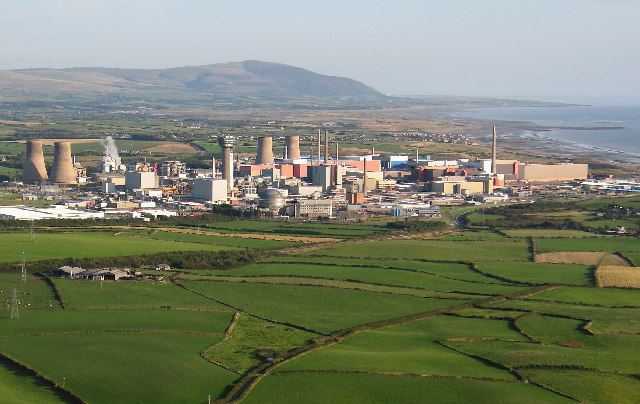Formed 1 April 2005 Employees 300 | Jurisdiction United Kingdom | |
 | ||
Preceding Non-departmental public body Coal and Nuclear Liabilities Unit Minister responsible Nick Hurd, Minister of State | ||
The Nuclear Decommissioning Authority (NDA) is a non-departmental public body Department for Business, Energy and Industrial Strategy, formed by the Energy Act 2004. It evolved from the Coal and Nuclear Liabilities Unit of the Department of Trade and Industry. It came into existence during late 2004, and took on its main functions on 1 April 2005. Its purpose is to deliver the decommissioning and clean-up of the UK’s civil nuclear legacy in a safe and cost-effective manner, and where possible to accelerate programmes of work that reduce hazard. The NDA does not directly manage the UK's nuclear sites. It oversees the work through contracts with specially designed companies known as site licence companies. The NDA determines the overall strategy and priorities for managing decommissioning.
Contents
Although the NDA itself only employs 300 staff, its annual budget is £3.2 billion. The vast majority of the NDA budget is spent through contracts with site licence companies, who also sub contract to other companies which provide special services. The NDA aims to do this by introducing innovation and contractor expertise through a series of competitions similar to the model that has been used in the United States.
Objectives
The main objectives of NDA are to:
Structure
Responsibility for operating the sites has been restructured into six Site Licence Companies (SLCs). The management of the SLCs is contracted out to different Parent Body Organisations (PBOs), which are owned by private companies.
On its creation, the NDA also took over ownership of Direct Rail Services, the rail freight operating company set up by BNFL in 1995 to transport nuclear materials.
The NDA is also the owner of International Nuclear Services, which operates services on behalf of the NDA for the management and transportation of nuclear fuels.
In February 2017 a national archive for the UK civil nuclear industry, named Nucleus, was opened in Wick, Caithness, Scotland.
Costs
In 2005 the cost of decommissioning these sites was planned at £55.8 billion, with Sellafield requiring £31.5 billion. However, in 2006 the NDA reported that the cost of cleaning up existing waste was higher than previously thought, and gave a new estimated decommissioning cost of about £72 billion over a 100-year period. In 2008 estimated decommissioning costs increased to £73.6 billion, or after taking account of discount rates, £44.1 billion. A 2006 estimate foresaw £14bn of offsetting income from reprocessing fuel at Sellafield. In 2009 the NDA sold land near three existing reactor sites for expected new nuclear power stations, for over £200m.
In 2013, a critical Public Accounts Committee report stated that the private consortium managing Sellafield has failed to reduce costs and delays. Between 2005 and 2013 the annual costs of operating Sellafield increased from £900 million to about £1.6 billion. The estimated lifetime undiscounted cost of dealing with the Sellafield site increased to £67.5 billion. Bosses were forced to apologise after projected clean-up costs passed the £70 billion mark in late 2013. In 2014, the undiscounted decommissioning cost estimate for Sellafield was increased to £79.1 billion, and by 2015 to £117.4 billion. The annual operating cost will be £2 billion in 2016.
National Nuclear Laboratory
In 2006, the then Secretary of State for Trade and Industry announced his support for a National Nuclear Laboratory (NNL) to be based on the British Technology Centre at Sellafield and Nexia Solutions. The NDA, as the owner of Sellafield site and the funder of majority of research required across the nuclear estate, was involved establishing the NNL in 2009. The NNL complements other initiatives to develop a sustainable workforce such as the National Skills Academy for Nuclear (NSAN) network, including the development of Energus in West Cumbria, alongside complementary research and development facilities such as the Dalton Nuclear Institute.
